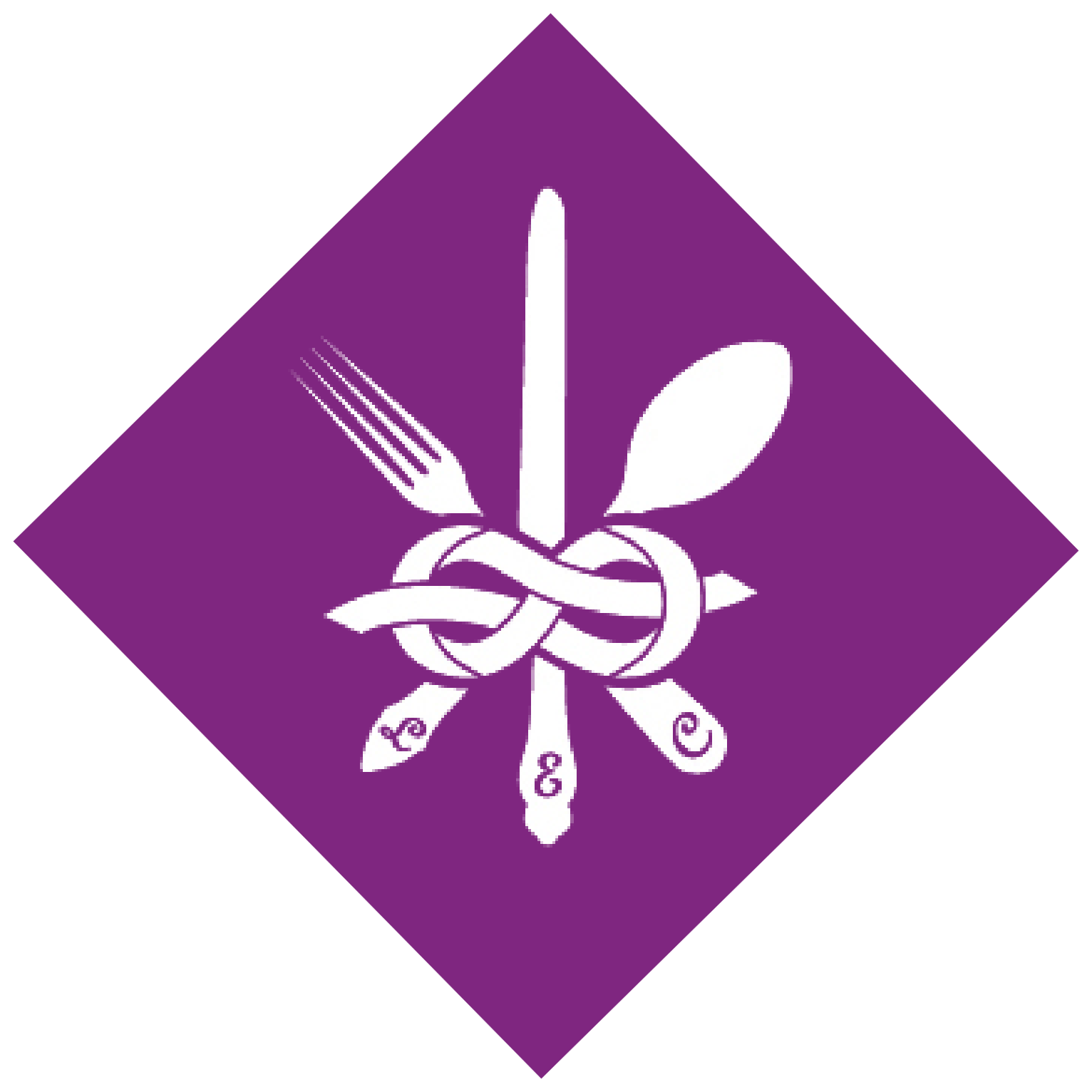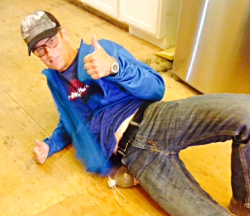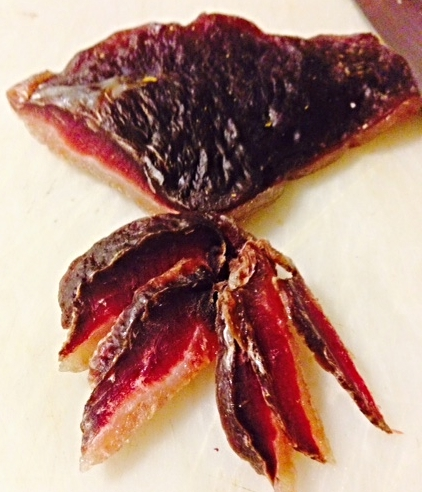Mount Washington in Winter: A Few Things to Consider Before Your Hike
Wait… a few things? And why would someone do a hike like this in the first place? (I mean, isn’t the unofficial motto of the Mt. Washington Observatory: “Home of the World’s Worst Weather?”)
To answer the second question: Mount Washington IS accessible (just over a mile high), hiking in the winter is a blast, foot traffic on the trails is minimal, and every one of us has at least a few highly skilled (thankfully) and, well, crazy friends…. soooo why not?
To answer the first question: Besides gear, boots, knowledge of what routes to take… I’m talking, of course, about your wisest food and drink choices—and why.
Fueling Your Trek
Food and drink seem to be, from time to time, a complete failure—an oversight or an “oh no” moment for so many people when it comes to winter hiking. Personally, I’ve had a few (ahem, hard!) lessons in what to bring, how it should be prepared and what states it is in at room AND freezing temperatures. I’ve also had many a mountaineer share a few tips with me while out in the not-so-cozy confines of the mountains in the dead of winter.
So. Here are a few thoughts and photos for you of what, for me, has worked, not worked, rumors of what works, and what a few other winter hiking enthusiasts have do to fuel their trek.
Start Smart
I recently did an ascent of Mount Washington on December 31, 2014. (*A trek that was supposed to happen weeks prior, but a viewing of Reel Rock 9, Valley Uprising at IME in North Conway, NH took precedence.) Though I was bummed at the time to postpone the hike, I was thrilled this provided an opportunity for me to include a great friend of mine who just recently cut her teeth on hiking in the Whites. Employing the services of my Go-To-Guru-Guide-Of-The-Guides, Mr. Matt Ritter, owner of Walkabout Mountain Guides, we met on New Year’s Eve at 5:15 am and headed north, stopping first at D&D for the most important meal of the day (breakfast, obviously), some coffee and Day-Glo Winnebago breakfast egg sandwiches.
That’s right… I wrote that. Not only did I write it, I ordered and CRUSHED TWO DOUBLE SAUSAGE, EGG AND CHEESE CROISSANT SANDWICHES AND WASHED THEM DOWN WITH A MEDIUM CAPPUCINO WITH WHOLE MILK. Please and THANK YOU!
FAT. ……It’s a beautiful thing—a fantastic, loooong-lasting form of fuel our bodies can and will run off (if we train it to do so). And, if it needs to, it will also convert body fat into fuel even without it in our tanks. One gram of fat contributes 9 kcals of energy. To put this in perspective, 28 grams = 1 ounce. Therefore, 1 ounce of Fat = 252 kcals of energy. Some fat is quicker and easier to burn than others (monosaturated, for example) so a mix of mono and saturated fat can be a smarter choice as it will stay with you longer and keep you going!
Side Bar: Conrad Anker informed me he fills his 2 liter water bottle with extra virgin olive oil when he hikes in the Himalayas. He squeezes out a “plug” of EVOO, tops it with salt, throws it back and it keeps him movin’! Yes, in this photo (right) his water bottle also doubles as a foam roller… Whatever keeps you going, Conrad Anker, I support and salute you!
So! Back to breakfast. I was glad I had it, because, as I understood it, the Ammonoosuc Ravine Trail is a 8-9 mile round-trip trek. I also heard it was going to be rather cold that day. (I’m talking -11 degrees and winds at 55 mph for 3 miles.) I think that fuel just might have come in handy.
Calling All Carbs
But is that all we were going to eat—FAT? How boring! (Not to mention hard on the body, which was already performing so many other tasks under such harsh conditions.) What about the simple, every-cell-needs-it form of fuel… simple carbs?! The opening photo of this article shows a cross-section of the loot pulled out of our packs on the trek. Our simple carbs can be found in the jelly of the PB&J Slammin’ Sammy we made the night before and in the oranges we pre-cut. Simple carbohydrates are quick energy and, on a long hike like this one, it’s what our cells consider to be of primary importance —an appetizer if you will. It gets used up within 3-4 seconds. Imagine not having a long line of fuel to feed your cells (those hungry beasts!)… trillions of them, working hard to keep us moving and warm. YIKES! So we backed those carbs up with whole wheat bread, aka a complex carbohydrate. Complex carbs take longer to break down into glucose and are still there when the simple carbs are long gone.
Good to know! But, there doesn’t seem to be any other complex carbs in the mix. Correct! I had half a notion to bring up granola bars but I realized most types would end up freezing and crunching on anything at -11 degrees is not my idea of fun. So I opted for simple fruits that might become semi-frozen but are easy to eat with gloves on, soft sandwiches with all the easy, high kcal carbs I enjoy, malleable forms of high quality proteins with healthy fats, vitamins and minerals.. all in easy-to-open baggies. *Note: On the malleable forms of food: A few friends of mine swear that Little Debbie Oatmeal Pies are the perfect winter hiking food as they do not freeze… hmmm… interesting to me, for so many reasons…
Protein & Fat: The Dynamic Duo
What’s left? Oh, right! String cheese and prosciutto wraps, almonds (okay, some like crunchy food in the cold!), green tea and duck prosciutto.
Green Tea I get, string cheese with prosciutto is an easy sell, but duck prosciutto? Wahhhhhhhhhhhhht?
Yup, I have been making it and trekking with it two years strong and it never disappoints. This batch was better than the last! I find duck prosciutto (when compared to pork prosciutto) is equal in proteins, higher in kcals, fat, iron, calcium, B vitamins (which help create all the glucose into usable energy at a rapid pace), vitamin A (helping my sight during low visibility), and has little to no sodium. It also seems to bring some stoke to any long, cold trek. It’s right up there with hearing a long, drawn out story that abruptly ends with a comment of “…and then I found 300 dollars!” (aka – it’s something you don’t expect, but it’s a nice surprise every time!)
Hydration Station
Not only did each of us haul up a thermos of tea or hot Emergen-C... we also boiled water and filled our Nalgene bottles with it so it wouldn’t freeze.
Pictured: This is the boiling water test, and how you learn if you have a legitimate Nalgene bottle or not. Yeah…Nooooooooo… Sorry!
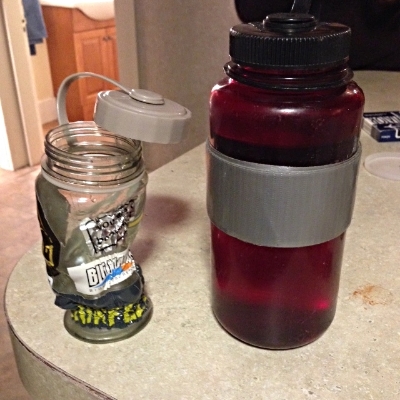

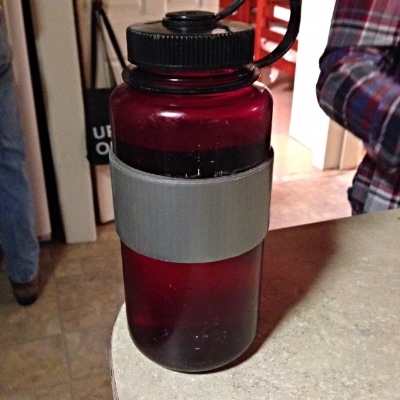
Fortunately, everyone has more than one in their collection, so we obtained another and filled it up! A long hike such as this requires at least 2-3 liters of water (or hydrating beverage of choice). Here are a few other tips Matt Ritter suggests when toting liquids during winter hikes:
- If using a CamelBak:
- Blow air back down into your tube after drinking to move the water out of the tubing so it doesn’t freeze.
- Place your CamelBak (or entire pack) under your jacket while hiking. Your body temperature will help keep it from freezing solid.
- If using a Nalgene bottle:
- Choose a wide-mouth bottle.
- Fill the Nalgene with a boiling beverage of choice (something with sugar added will help), screw the lid on tight, and invert the bottle into a koozie (or thick sock). It will have a tendency to freeze from the top down, so inverting it enables you to unscrew the lid and still drink, leaving the bottom frozen.
Remember…
So. Does one need to hike Mount Washington with all this food and drink? Do you need to hike any mountain in the winter with it? The answer is NO. No, you don’t have to carry any of this. But, I recommend you take a variety of high-calorie and quality foods—foods you know that work best for your body and will keep you going over the long haul. Foods that are pre-cut, easy to eat, won’t freeze solid and are in a container you can open with gloves. (That’s right! There are more than a few things to consider, like the fact you may not have the ability to take your gloves off if you’re hiking a mountain known for having the “world’s worst weather.”)
Because, hey, a winter hike in the White Mountains isn’t exactly a walk in the park…
